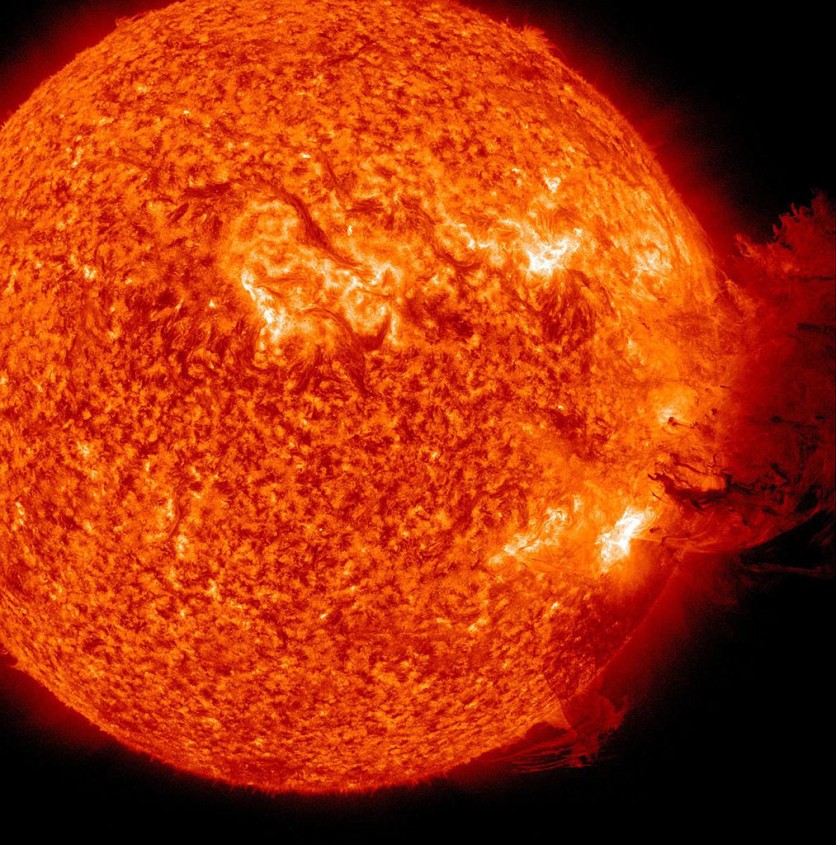Solar experts had been studying a sunspot that expanded to be four times the size of the Earth and then released a solar flare that was thought to have been 18 million degrees Fahrenheit (10 million degrees Celsius) in temperature, according to a report by Newsweek.
When areas of the sun's surface become intensely magnetized, and the regular convection process is prevented, solar flares happen. This causes a sunspot, which is a darker zone on the sun that can be viewed from Earth and has a lower surface temperature than other areas.
For over five days, the AR3098 sunspot region has been simmering on the sun's surface. Since then, it has gotten more active, and solar experts anticipate a high likelihood of flare-ups.
And this is precisely what occurred in the early hours of Sept. 12 (Monday).

Radio Disrupting Solar Flare
The sunspot released an M-class flare, regarded as a flare with moderate energy, as the astronomer noticed. Lower intensity classes of solar flares include the following: A, B, and C, while X-class flares are considered the most intense.
There was a 5% possibility that the sunspot would produce an X-class outburst, according to the solar activity website Spaceweatherlive.com.
The National Oceanic and Atmospheric Administration's (NOAA) Space Weather Prediction Center later that day confirmed that a temporary radio blackout did occur over the Pacific region as a result of the moderate intensity flare.
Sunspot AR3088, which was visible from Earth but was facing away, became active as the Sun rotated. Currently, solar scientists are getting ready for its activities. Last week, it sent a powerful flare at Venus, and once the Sun has finished rotating, the sunspot will shift to face Earth.
Read also : 'Portrait of the Sun:' World's Most Powerful Solar Telescope Snaps The Face of the Sun in Crisp Detail
Solar Cycle 25
Scientists study sunspots to monitor the Sun's activity, and they have discovered that the Sun's magnetic poles switch positions every 11 years. The Sun achieves its solar maximum during this time, which is characterized by a large number of sunspots and enhanced solar activity.
The Sun is now in Solar Cycle 25, which is anticipated to peak in July 2025.
A period of increased solar activity has been observed this year, 2022. In March, the government weather organizations in the U.S. and the U.K. said that separate geomagnetic storms had hit our planet.
Even though the geomagnetic storms didn't destroy anything, they highlighted the possible harm that could result from more intense storms in the future.
After that, a G1-class geomagnetic storm struck Earth in July, resulting in colorful auroras over Canada's skies. A powerful solar flare also fired off from the Sun on July 15 and was reported to be capable of causing radio blackouts throughout the world.
This article is owned by Tech Times
Written by Joaquin Victor Tacla
ⓒ 2025 TECHTIMES.com All rights reserved. Do not reproduce without permission.




